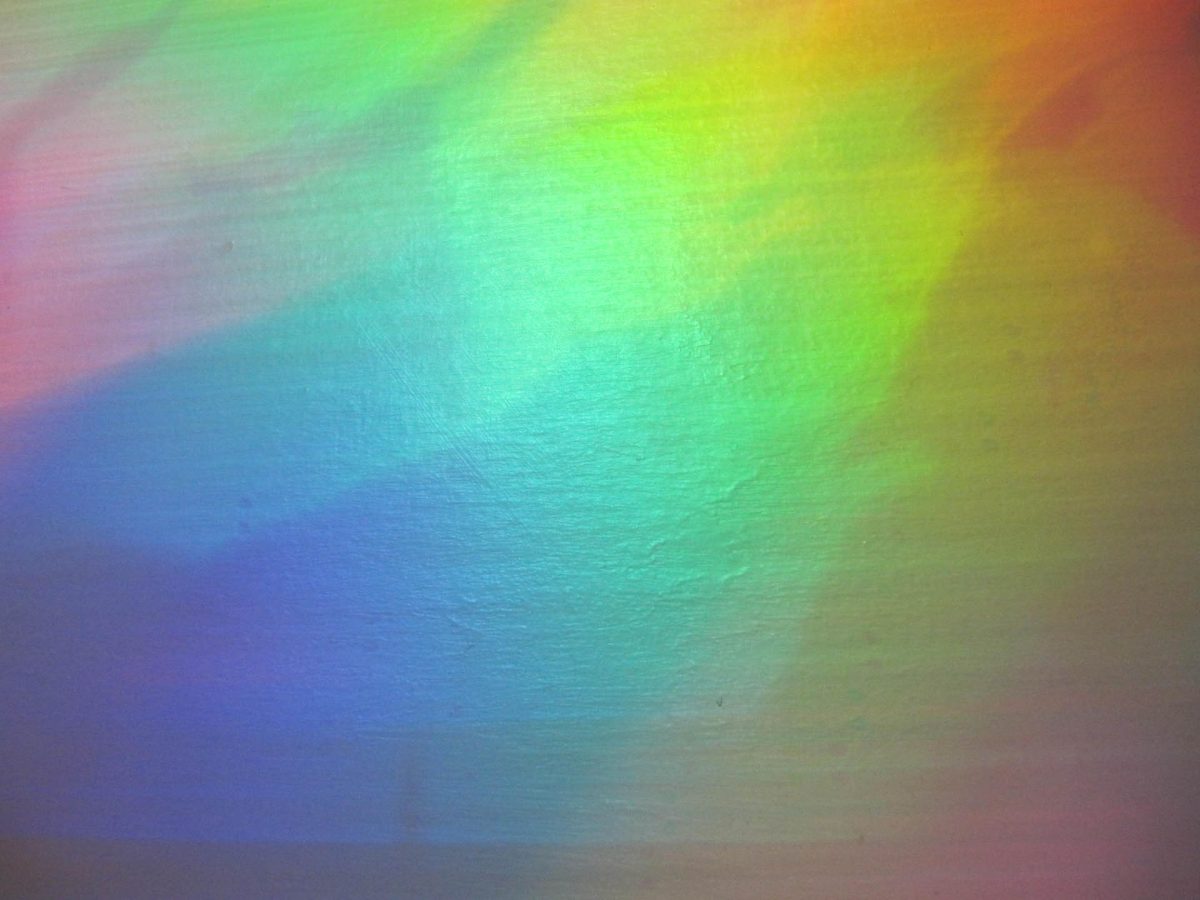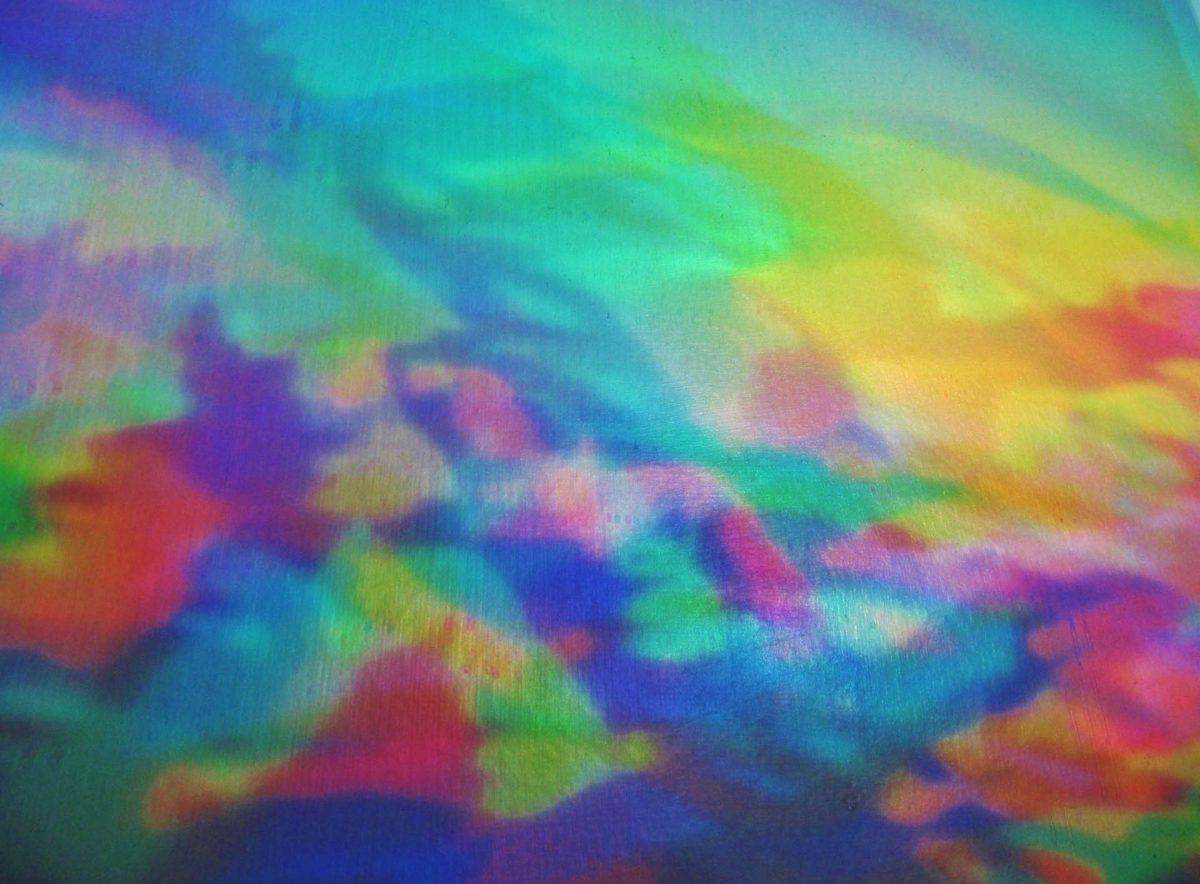People
- Ingrid Fetell Lee https://aestheticsofjoy.com/
- As a designer, Ingrid discovered how powerfully joy affects the spaces we humans occupy. Her website pops with all sorts of ways to bring more joy into your life.
- Amanda Gore https://amandagore.com/
- Amanda presents joy in innovative and unforgettable ways to the business and corporate worlds – and to anyone who sees her youtube video clips. https://www.youtube.com/watch?v=Ne13mqQohbo
- Roberta Meilleur https://robertameilleur.com
- Presenter, dancer, teacher, writer, artist and now video co-producer – all directions Roberta points to lead to joy.
- Pierre Pradervand https://pierrepradervand.com
- Pierre lives and shares a joyful path of blessing. Blessing is a transformative act of joy. https://thegentleartofblessing.org
Books
- Dancing in the Streets: A History of Collective Joy – Barbara Ehrenreich
- The Book of Joy – Daila Lama, Desmond Tutu, Douglas Abrams
- Joyful: The Surprising Power of Ordinary Things to Create Extraordinary Happiness – Ingrid Fetell Lee
- Joy is an Inside Job: 12 timeless secrets for abundance, radiant health and lifelong happiness – Amanda Gore
- The Power of Joy: How the Deliberate Pursuit of Pleasure Can Heal Your Life – Christiane Northrup M.D.
- World Dance: A Joyful Path to Free Movement and Personal Growth – Roberta Meilleur
Articles
- The Journal of Positive Psychology; Volume 15, 2020 Issue 1: Joy and Positive Psychology https://www.tandfonline.com/toc/rpos20/15/1 Several articles and studies.
- Time – The Power of Joy Single Issue Magazine November 13, 2020 by The Editors of Time https://books.google.ca/books/about/TIME_The_Power_of_Joy.html?id=BRIIEAAAQBAJ&redir_esc=y
- The Six Types of Joy – Stephanie Harrison Feb 18 2021, The Good Men Project https://medium.com/change-becomes-you/the-six-types-of-joy-8d003bbb50bc
- 10 Reasons to Add Joy to Your Life – Trilby Johnson https://www.huffpost.com/entry/10-reasons-to-add-joy-to-_1_b_8631474
- How to Find Joy in Your Everyday Life (Even When Life Feels Awful) – Nicol Natale July 7 2020 Prevention https://www.prevention.com/health/mental-health/g33002023/how-to-find-joy/
- Finding Joy: 9 Ways to Seek Joy (Even When Things Are Rough) – Seraine Page Dec 3, 2020 https://info.totalwellnesshealth.com/blog/ways-to-seek-joy-even-when-things-are-rough
Ted Talks
- Play is More Than Fun – Stuart Brown https://www.youtube.com/watch?v=HHwXlcHcTHc
- Where Joy Hides and How to Find It – Ingrid Fetell Lee https://www.ted.com/talks/ingrid_fetell_lee_where_joy_hides_and_how_to_find_it?language=en
- The Secret Formula for Joy – Amanda Gore https://www.youtube.com/watch?v=NgFczqJuklg
- A History of Collective Joy – Barbara Ehrenreich, Youtube https://www.youtube.com/watch?v=XAGfsLUvYyI
Resource suggestions?
If you’re aware of resources that enhance, increase, or explain joy, you’re welcome to add them to this page.
| Excerpt from THE RETURN TO JOY: RESEARCH INTO CREATIVITY AS A QUALITY FOR THE DEVELOPMENT OF CONSCIOUS AWARENESS, Final Thesis for the Conferment of Masters of Education, University of Toronto, Linda S McLean, 1998In 1998, I submitted a final thesis and received a Masters of Education. The paper was a compilation of three years of study into the relationship of joy and creativity and the development of conscious awareness. I began with a discussion of terms and concepts of how we develop a personal relationship with creativity and followed the survey of literature with an argument asserting that political and social organizations have attached negative connotations to our individual creativity. The third section was a short narrative revealing my personal experience of creative self-recovery. While I adhered to the rules and requirements of a rigorous academic thesis, I found that in order to connect the dots of my findings I needed to move outside of an analysis of statistics into probabilities and move into an expression of intuition and what was resonating as true. To remain ‘objective’ meant flattening and limiting the reality that creativity, joy and conscious awareness are, in fact, entirely personal and subjective. Now, more than two decades later, I find there is more than ever a need that we be reminded to acknowledge our experience, especially of joy, to know it, take responsibility for it and to be able to choose it whenever we want! Perhaps reading this will help you to free yourself to create your own concept of joy, to find your own feelings and become aware of what joy is for you. If you want to try, I suggest you turn your attention to your breath, recall a moment when you were in a state of unbridled joy. Remember how it felt in your body, mind and soul. Imagine what it would be like to feel that memory in the present moment. Remember the experience and feel it now, where joy exists in your body. Breathe in the memory, breathe in the moment, give it a few words to describe it, a few images, smells, whatever sensory device works for you. This is your personal experience of joy, yours to have and to hold now and forever more. (Excerpt) A CONCEPT OF JOY |



